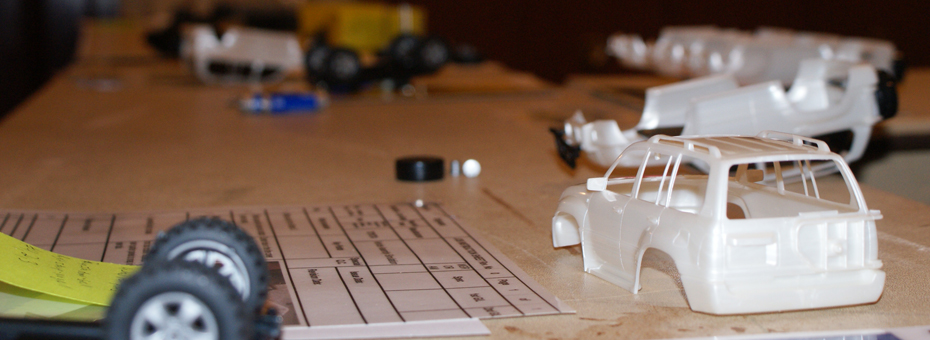As TSSC’s Jamie Bonini explained at our 2013 Lean Transformation Summit, a key to successful lean implementation is setting up a model area. It seems simple, doesn’t it? Start in one area, focus your efforts on that area, working with team members in just that one area, and then spread that success through the organization. If it’s so easy, why do people struggle so much?
Since I manage on-site development inquiries at the Lean Enterprise Institute, I have the pleasure of speaking with many of our community members and customers. Day-in, day-out, I find myself having the the same conversations with people, which makes me think a lot of folks out there must be struggling with the same problems. It’s important for me to understand what they are struggling with so we can help them address their core business need. However, before we can get to that, we often spend a lot of time talking about what they think they want to do with this lean stuff. Do you know what the most common answer is? “Train EVERYBODY in lean thinking and practice!”
Let’s think this through. For example, if you’re struggling with meeting on time delivery, what value would there be in training your whole workforce? You might think it’s something like “getting people to speak the same language” and have a similar understanding of the work, but all you’re going to accomplish in a few days of training is an overview of lean principles and tools unless you’ve been working at lean for a while. One of the best things about of lean is how it makes work better for operators/staffers. If your team members don’t actually see how lean thinking and practice makes people’s jobs easier, they won’t be engaged. So how do you engage staff, make their jobs easier, and meet a real business need at the same time? Model area!
By taking apart a particularly problematic or painful process and looking at the work to be done, as a manager you see what usually prevents your team from meeting that 48 hour window and delivering value to the customer. Talking with your team (since they know the work best) and being there on the floor, increases engagement. Frequent communication helps keep everyone in the loop. Moreover, as process improvements begin to occur on the shopfloor and results are achieved, this generates pull from other parts of the organization. People begin to see the value in making the job easier for the operator.
A model area is a great way to showcase the hard work you have put into creating problem solvers, modeling coaching behavior, bettering the work of the staffer, and getting closer and closer to meeting the needs of all your customers. More importantly, you can use your model area to help other parts of the organization learn. After all, continuous improvement and learning is the name of the game.
How’s your model area doing? Have you set one up yet?





